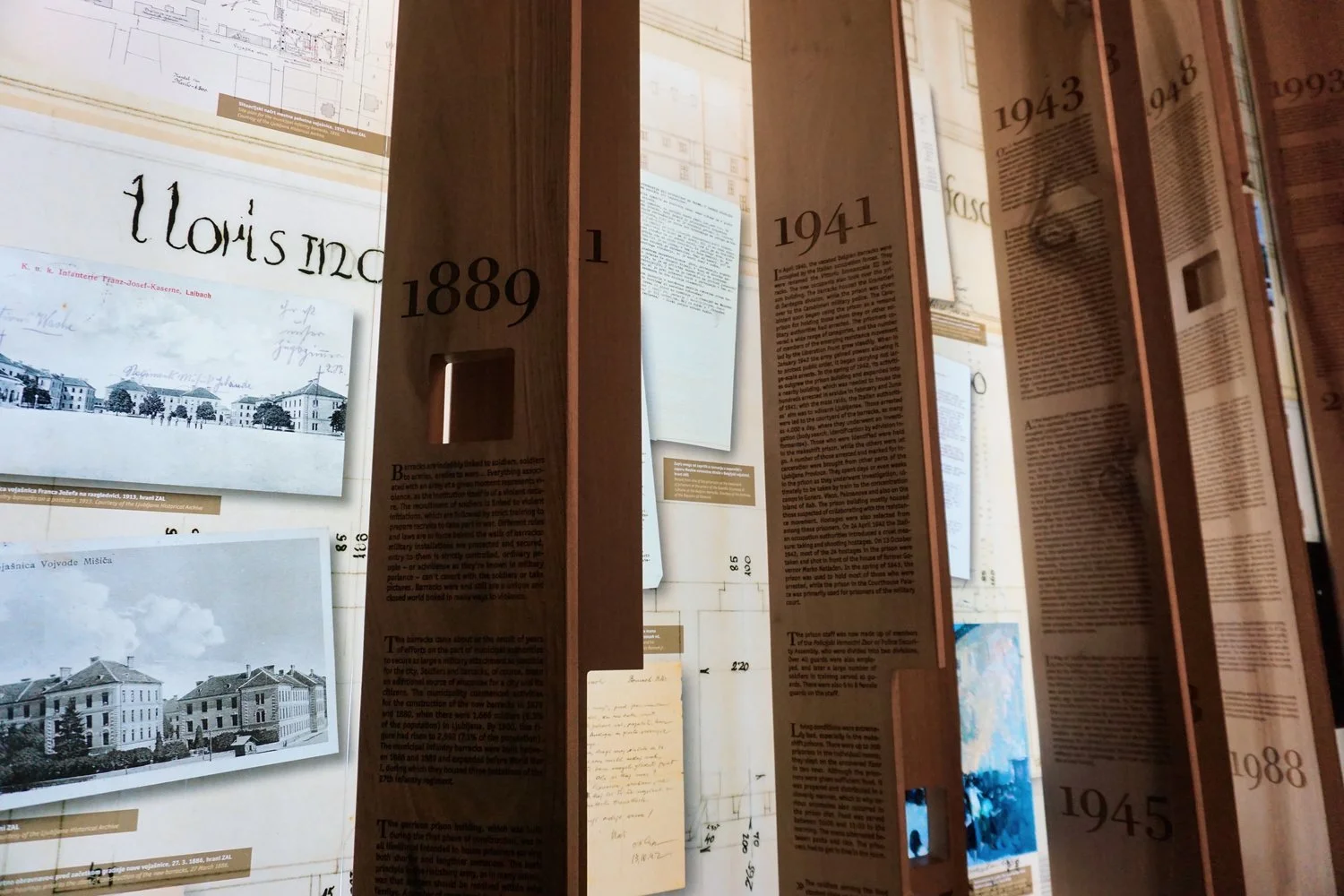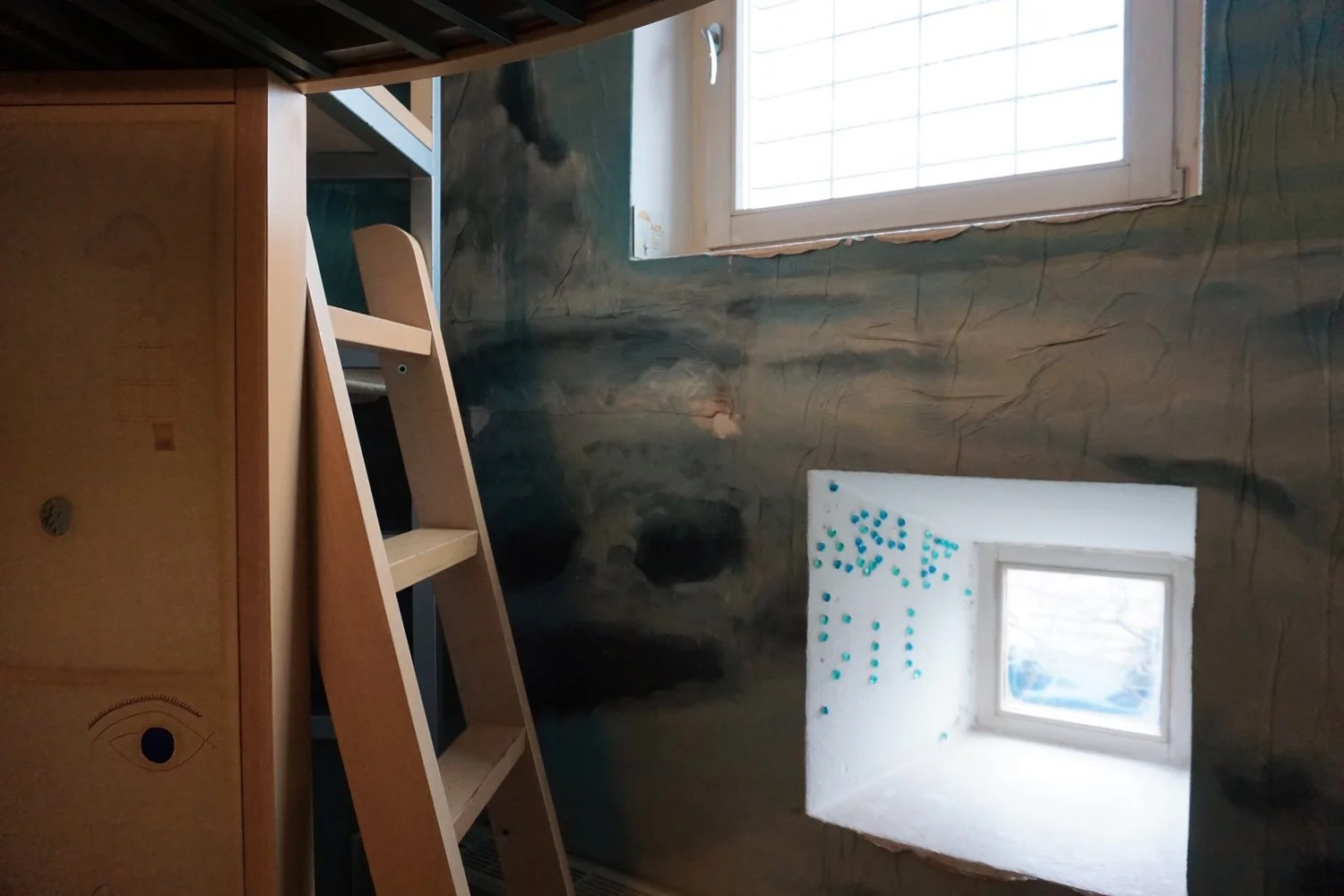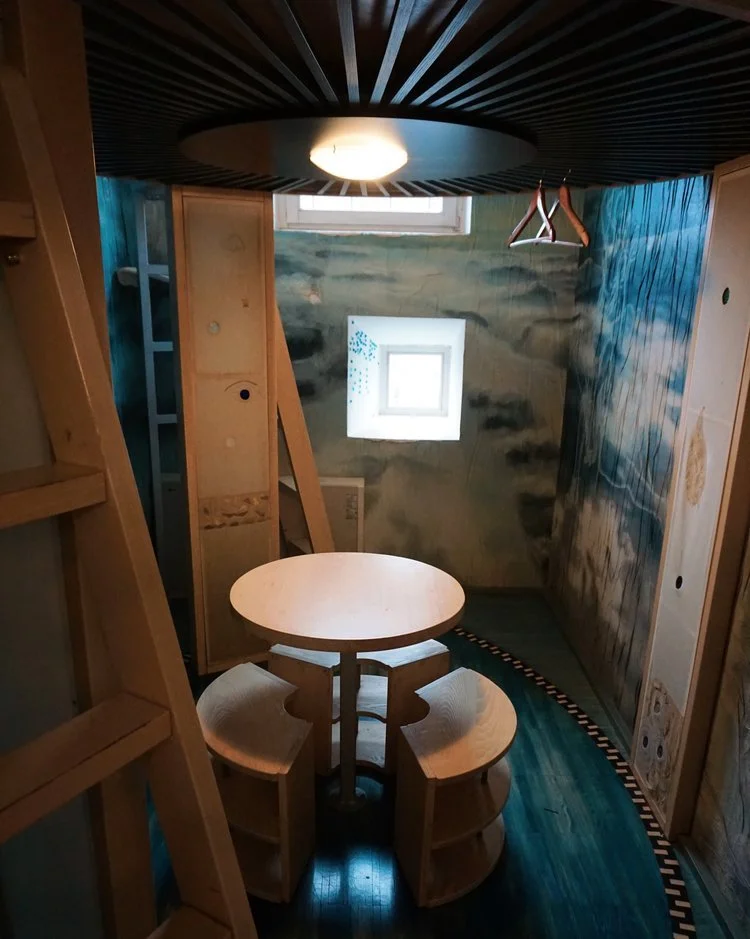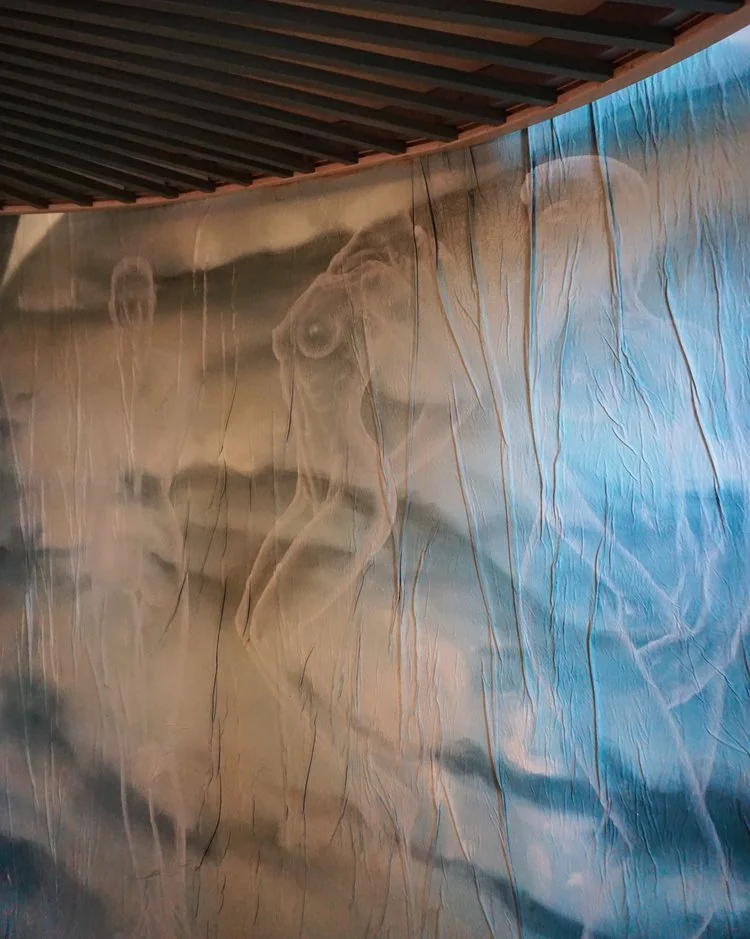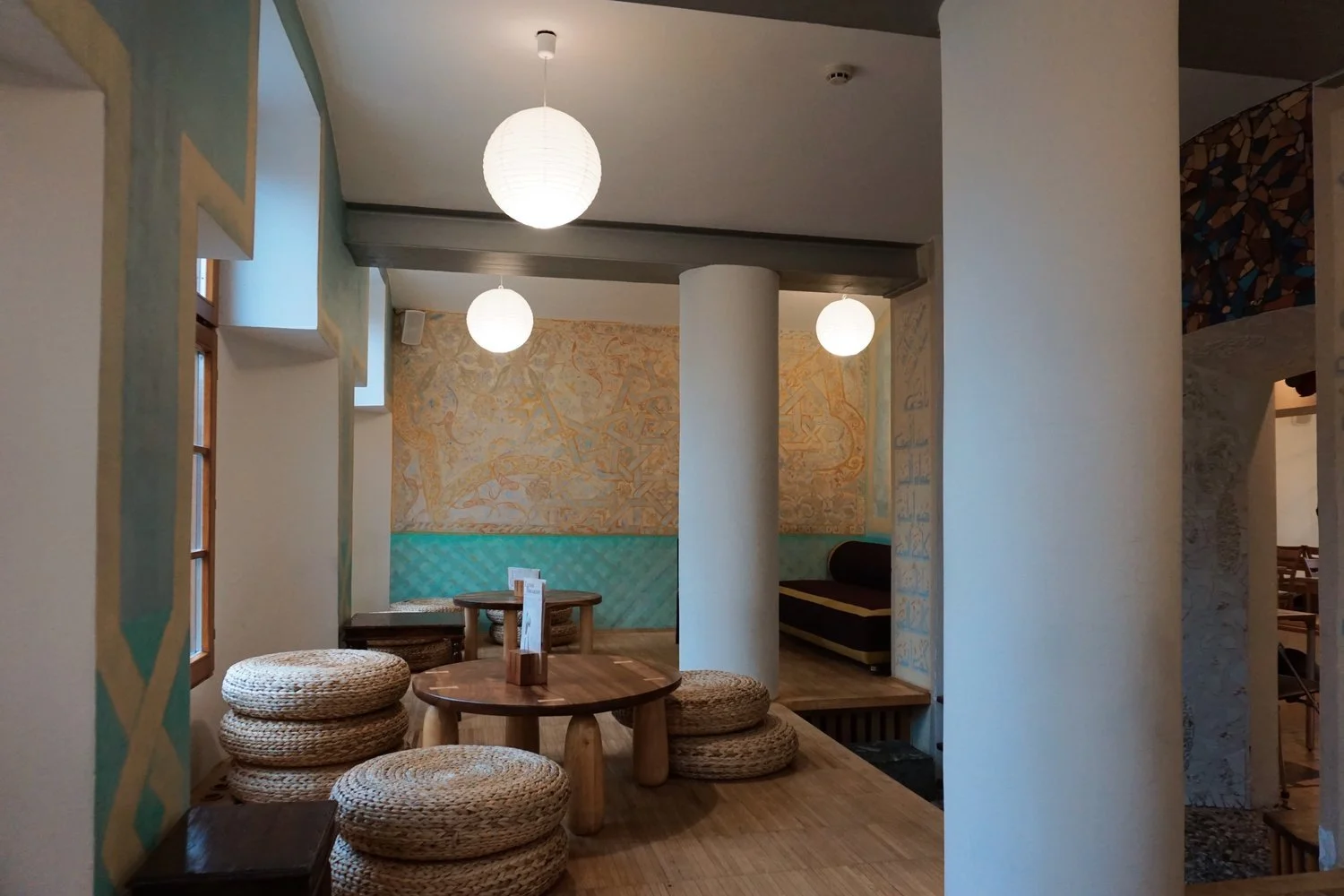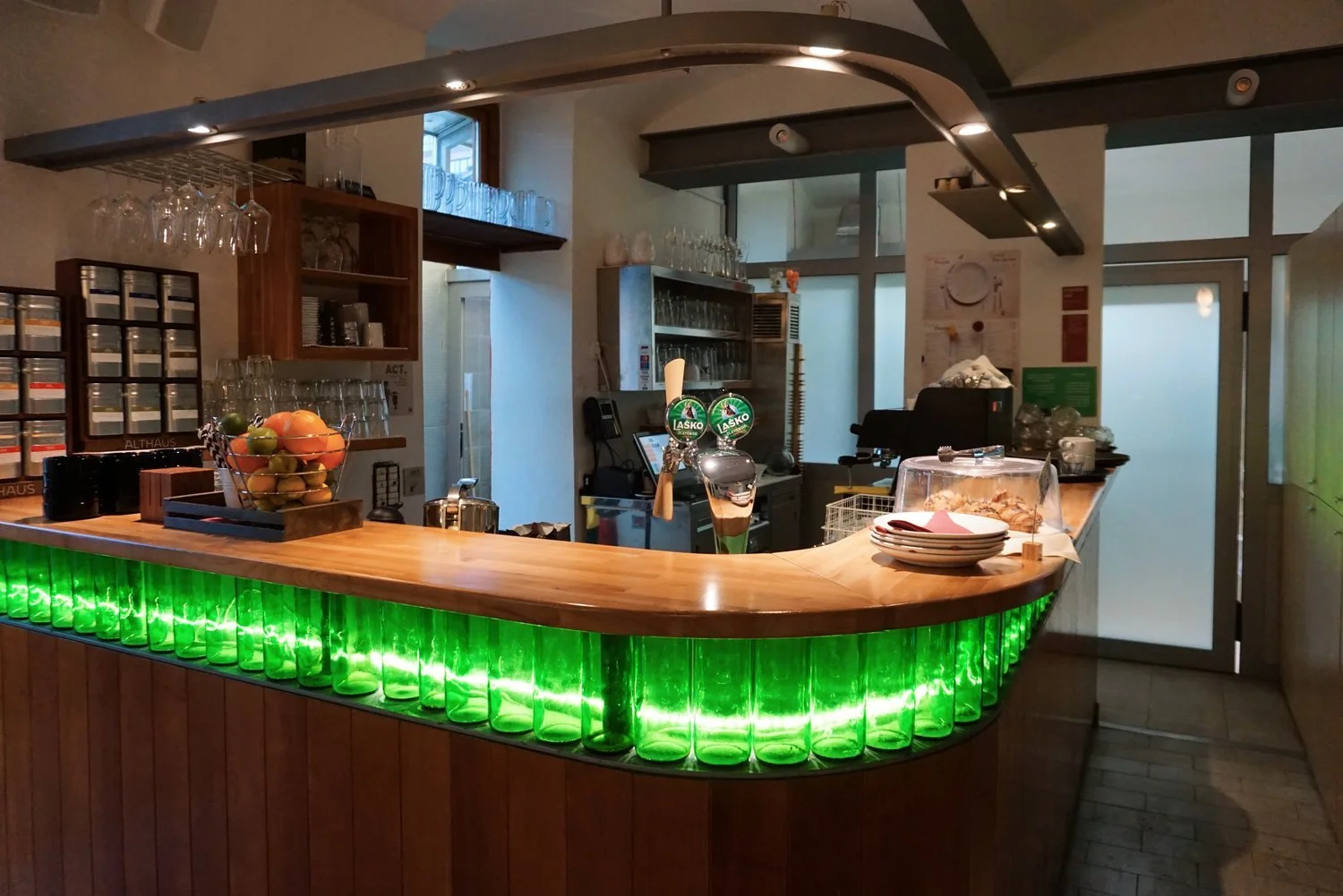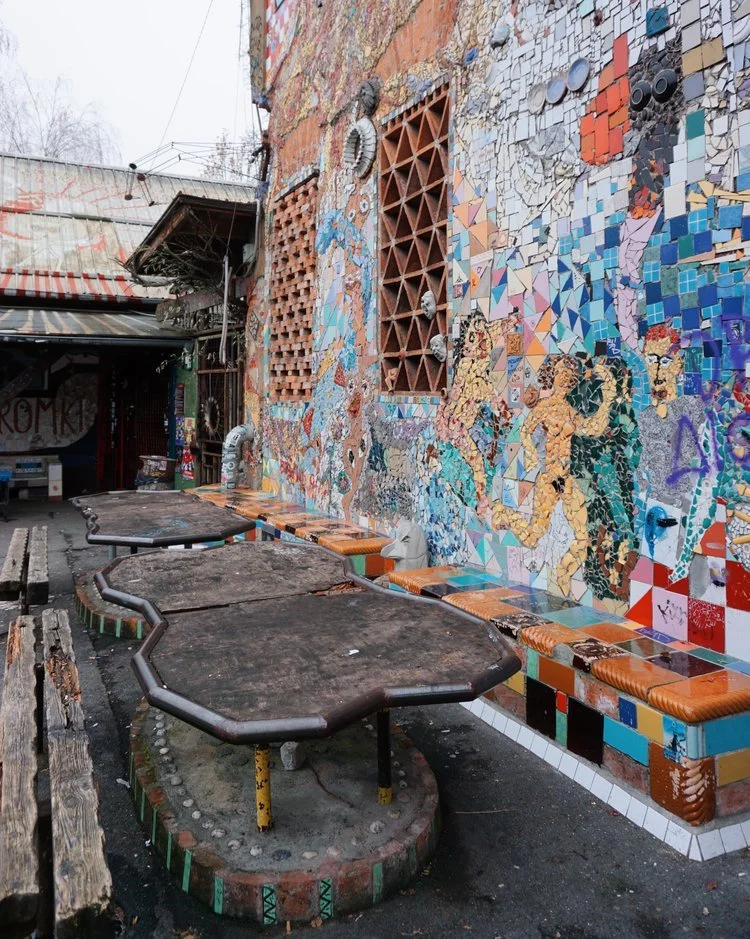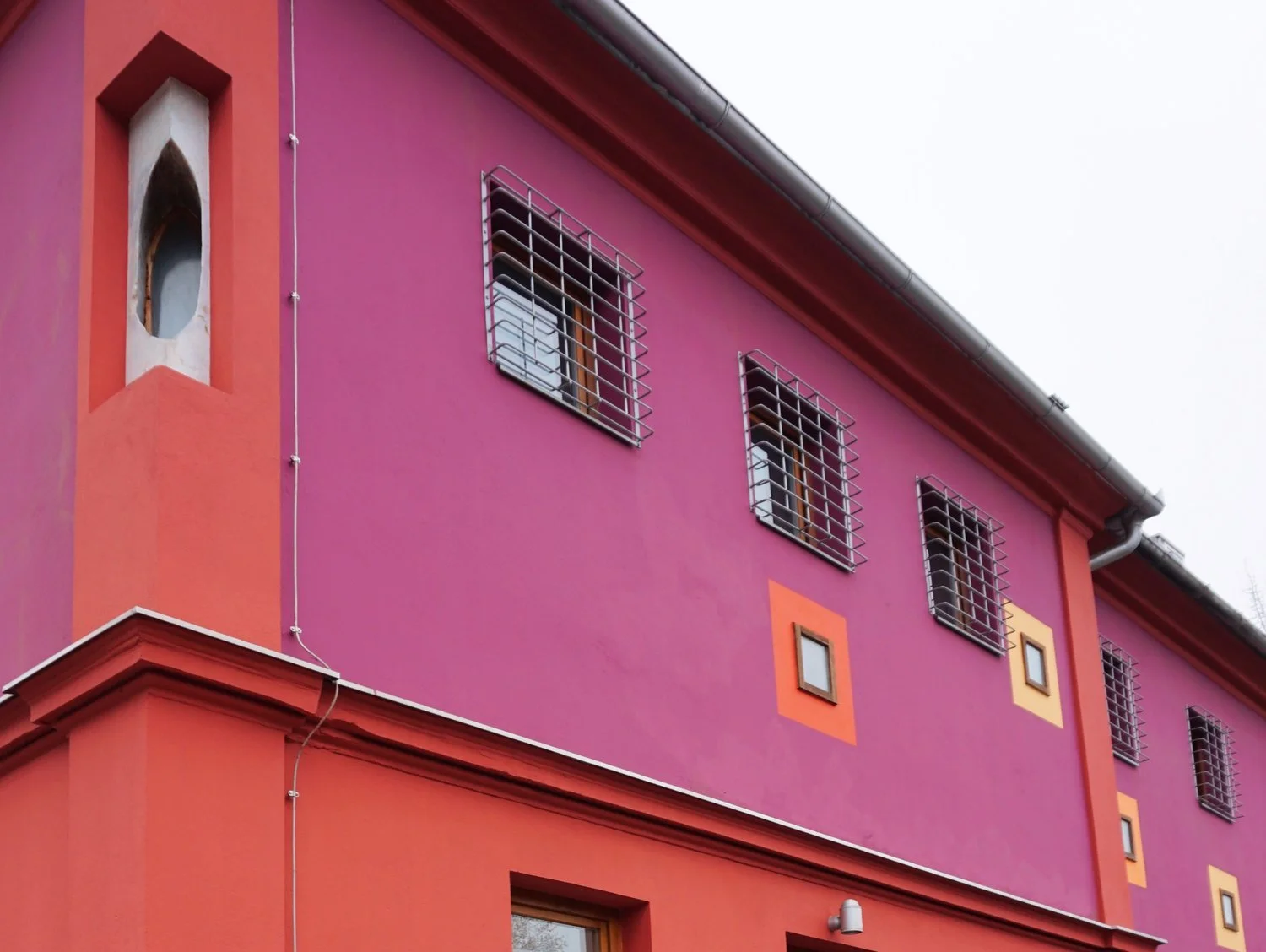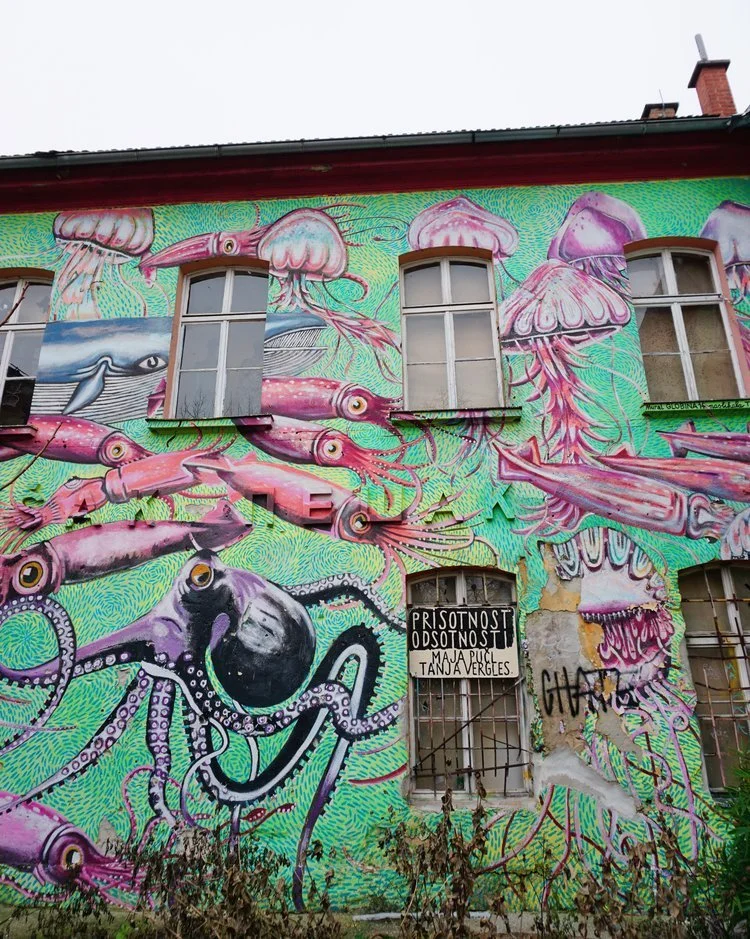Where to Stay in Ljubljana - A Night Behind Bars at Ljubljana's Prison Hostel - Hostel Celica
Originally posted March 10, 2019
I never imagined I’d be spending the night in a Slovenian jail cell… I also never thought I’d be doing so willingly… that is, until I started planning our trip to Ljubljana and discovered that the city is home to Hostel Celica - an ex prison turned hostel. Then I was all like, “A night behind bars!? SIGN ME UP!!”
For a unique accommodation experience during your visit to Slovenia’s capital, you have to stay a night or two at Ljubljana’s prison hostel - Hostel Celica.
Hostel Celica’s History and Transformation
In the 1880’s, “Hostel Celica” was a prison, and it remained a prison for over 100 years.
In 1991, the building was abandoned and local artists began trying to formally obtain the empty premises. They wanted to preserve the building, and, in doing so, to preserve a piece of Ljubljana’s history. These artists were strongly opposed by the local government who answered their attempts by trying to have the building demolished in 1993.
Nearly 10 years later, the city finally approved creative plans to transform the building into a youth hostel in 2001. For the next two years, more than 80 local and international artists collaborated to transform Hostel Celica into the beautiful, eclectic work of art that it is today.
In 2003, they welcomed their first guests, and, today, it is the most awarded hostel in Slovenia.
Hostel Celica Today
Given their track record for winning awards, it’s safe to say this is not your average hostel.
Yes, Hostel Celica does have your standard hostel common areas like a bar/cafe, and various lounges… but it also has an on site Art Gallery featuring monthly exhibits by local and international artists, a unique, spiritual room called the Point of Peace, and, in the basement, you’ll find the Museum of Confinement.
Point of Peace
The Point of Peace is the only jail cell in Celica which has had the bars removed from windows and doors. This symbolizes openness and acceptance, a point that is further illustrated by what is actually in this spiritual room.
On their website, Celica says:
The Point of Peace represents the meeting point of all travelers who want to get in touch with their spiritual side or just give themselves a moment of peace and quiet. There are 6 niches where each represents a world religion – Christianity, Islam, Judaism, Buddhism and Hinduism. The sixth one is left empty and opened for any other religion, your own belief.
Museum of Confinement
If you’re bold enough to wander downstairs to the Museum of Confinement, you’ll see the prison’s old solitary confinement cells and can learn more about Celica’s dark history. The location of this museum in relation to the point of Peace and third floor common room also has an interesting, symbolic meaning:
The solitary confinement cells, which are part of the museum, are located right under the Point of Peace, which rises up into the lightest point of the building, the common room. The vertical symbolizes how the old prison building opens itself from its darkest corner into its lightest point.
Be sure to check out all of these spaces during your visit to learn more about the property’s history and evolution over time.
Room (aka cell) Options
Sold on a stay at Hostel Celica? GREAT!
…Now you’ve got a pretty wide variety of room options to choose from. Stay solo in a private room, or bunk up with a few cell mates in one of Celica’s dorms.
For the full experience, I recommend spending a night behind bars in one of their 20 cells.
These cells were transformed by artists during the prison’s transformation, and each one has its own unique story and concept.
We stayed in Cell 116, “The Eye”… which was pretty cool, but there’s one catch… you can’t choose your specific cell - and theres a meaning behind that too.
Guests are assigned the cells at the moment of booking and cannot choose them according their tastes or wishes… The same way the prisoners could not choose theirs back at the time - A nice element of surprise, completely free of charge.
Read more about the different cells on their website.
Property Perks
In addition to all of the unique aspects mentioned previously, Hostel Celica offers several other perks.
Their check in desk is open 24-hours a day and the ground floor has a common space, cafe, and bar where you can pay small, reasonable prices for meals, drinks, and their buffet breakfast. Upstairs, you’ll find another lounge, a shared kitchen, and laundry area.
Hostel Celica also offers bike rental, city maps, and a variety of trips and tours.
What’s in the Neighborhood?
Well, to put it in short… a WHOLE lot of art.
The hostel is located right in the middle of Metelkova Mesto, an autonomous social centre in the centre of Ljubljana. Think Copenhagen’s Christiania Freetown… except smaller.
Before the renovation and transformation of Hostel Celica began, the abandoned barracks and prison were occupied by artists trying to preserve the area. Today it is arguably the most successful Urban Squat in Europe.
The entire area is filled with murals, quirky art installations, and museums. It’s pretty deserted in the day time… but once the sun goes down, Metelkova Mesto comes to life.
Read more about Metelkova here or visit their website to stay up to date on upcoming exhibitions and events.
Booking
To check current rates or book your cell at Hostel Celica, visit their website.
Planning a trip to Slovenia?


